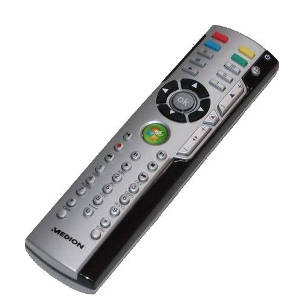Driver Cm23e Usb Rf Synthesizer
| Back Print Page |
Driver Cm23e Usb Rf Transmitters. When a client driver is ready to suspend its device, it instructs the bus driver to idle it. Going online and checking for new drivers all the time can be frustrating and is not an effective use of your time, and a simple tool like the driver installer above can keep all of your hardware running on the optimal.
featured by the QRP2008-Team: G0BBL, G8BTR, M0PUB, PE1NNZ, DG8SAQ
page updated November 29th, 2012

New:
1. Note, that the SI570 comes in several versions, most of which (e.g. the CMOS version) are not capable of working up to 1.4 GHz! I have used the fastest available LVDS version here. For more information on different speed grades look at the most recent SiLabs SI570 data sheet.
2. For a signed Windows7/Windows8 driver (works for all Windows versions) see Fred Krom's Webpage! Many thanks, Fred!
29.11.2012: New synthesizer firmware to provide temperature compensation and hardware FSK (up to 16 hardware selectable channels),
see: T. Baier, 'FA-SY als temperaturkompensierter Kanaloszillator', FUNKAMATEUR 12/2012, S. 1291-1293.
23.7.2012: Firmware updates to hopefully finally disable the safety flag. Read firmwareupdate.txt in the USB_SYNTH_LCD_V3.zip archive.
08.9.2011: USBSynth4 can generate MEPT transmissions, see here for details on MEPT.
11.9.2010: USBSynth3 can control several synthesizers connected at the same time, see here for details.
28.3.2010: USB_Synth updated
27.3.2010: USB_Synth updated
22.1.2010: New firmware for LCD support uploaded, see Funkamateur 2/2010
04.9.2008: New, simpler to use version of USB_Synth uploaded
30.7.2008: Firmware version V1.4 uploaded.
18.7.2008: Uploaded a new easy to use PC-program to control the synthesizer via USB.
Kits: You can buy kits here.
This project uses the Silicon Labs Chip SI570, a so called 'ANY-RATE I2C PROGRAMMABLE XO', which is a 7x5mm² 10 pin integrated frequency synthesizer, that can generate almost any frequency between 10MHz and 1400MHz. The chip is programmable via an I2C Interface. We use an ATMEL AVR together with Objective Development's freeware USB solution for linking the synthesizer to the PC USB-Interface. The USB-Interface is based on ObDevs reference design Easylogger. This way, a very simple solution with only 3 small ICs including the voltage regulator could be achieved:
Here are photographs of some boards:German grammar made easy pdf.
First prototype, top view with ATTiny45 and voltage regulator and USB connector:
Bottom view with SI570 (silvery rectangle):
Driver Cm23e Usb Rf Synthesizer Free
Final board top, partially assembled:
Final board, partially assembled, bottom:
Here you can buy:
Kits, boards and special components will be available from DL based Funkamateur for German customers and from UK-based SDR-Kits for other country customers.
I have written the host (=PC) software in Delphi, but there are also a lot of demos coded in C on Objective Development's webpage.
The binaries and sources of the firmware and Delphi host software including a free LibUSB driver can be downloaded from here.
Driver Cm23e Usb Rf Synthesizer System
Also available: Easy to use PC software to control the synthesizer.
Pll Synthesizer
The firmware is written in a flexible way allowing to interface any I2C-device without firmware changes. Only the host software has to be adapted. A more detailed description of the device and software is published in the June 2008 issue of Funkamateur.
Multi-Synthesizer support:
USBSynth3 can control several synthesizers connected at the same time. You can select the synthesizer to be controlled in the menu Setup-General. The Setop window will hide the multi-synthesizer feature by default. Widen the window and the feature will become visible:
Pressing the button 'Rescan USB Bus for Device' will scan for all connected USB Synthesizers. With the combobox below the button you can select the synthesizer to be controlled. Note, that by selecting another synthesizer, the original one will remain at the last set frequency. Also note, that the freshly selected synthesizer will be set to the frequency displayed in the main window. Thus selecting a new synthesizer will generally change its frequency, since individual frequencies of several synthesizers are not memorized in the Windows software.
Feedback is welcome!
mailto: dg8saq@darc.de
73, Tom DG8SAQ
| Back Print Page |